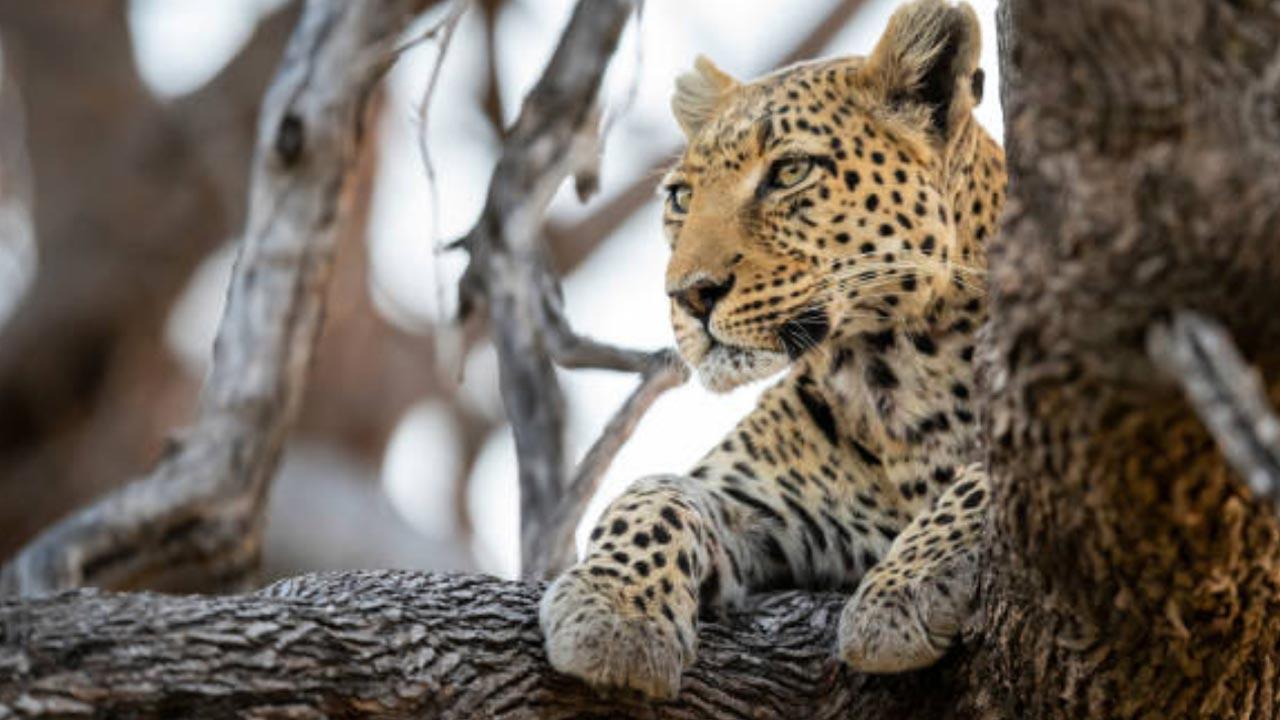On International Leopard Day, three wildlife experts share how they track, analyse and deploy technology to safeguard the leopard population in Mumbai

Every year, World Wildlife Day is celebrated on March 3 to raise awareness about the world's flora and fauna. Photo Courtesy: istock
UNLOCK FULL ACCESS
Buy now to read the full story.
For Just ₹29/-
Already a member? Login
For any queries please contact us: E-mail: support@mid-day.com
 Subscribe today by clicking the link and stay updated with the latest news!" Click here!
Subscribe today by clicking the link and stay updated with the latest news!" Click here!








